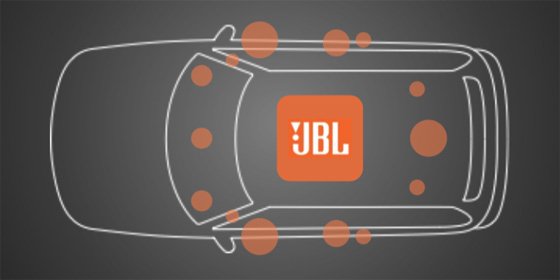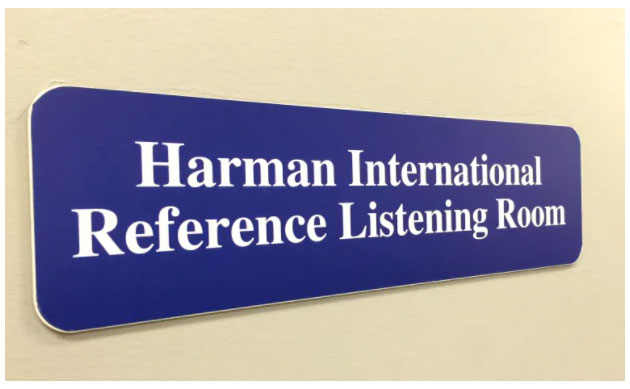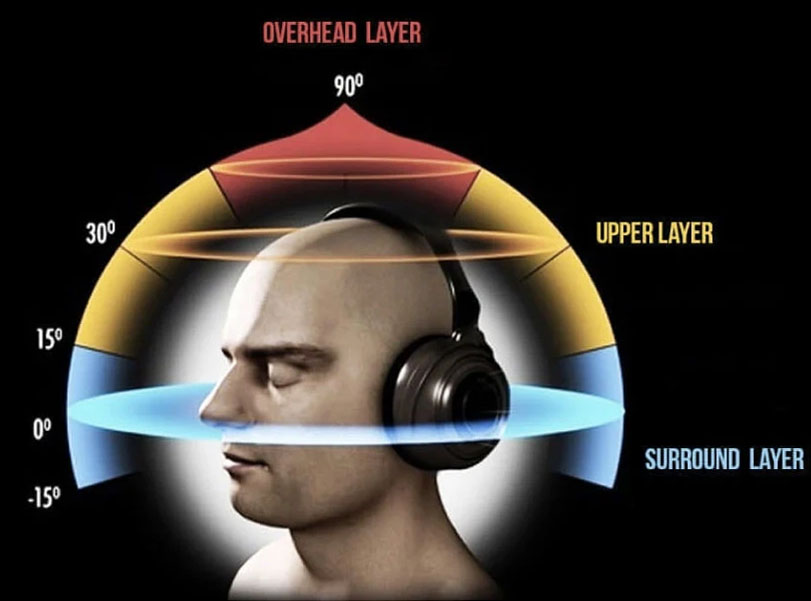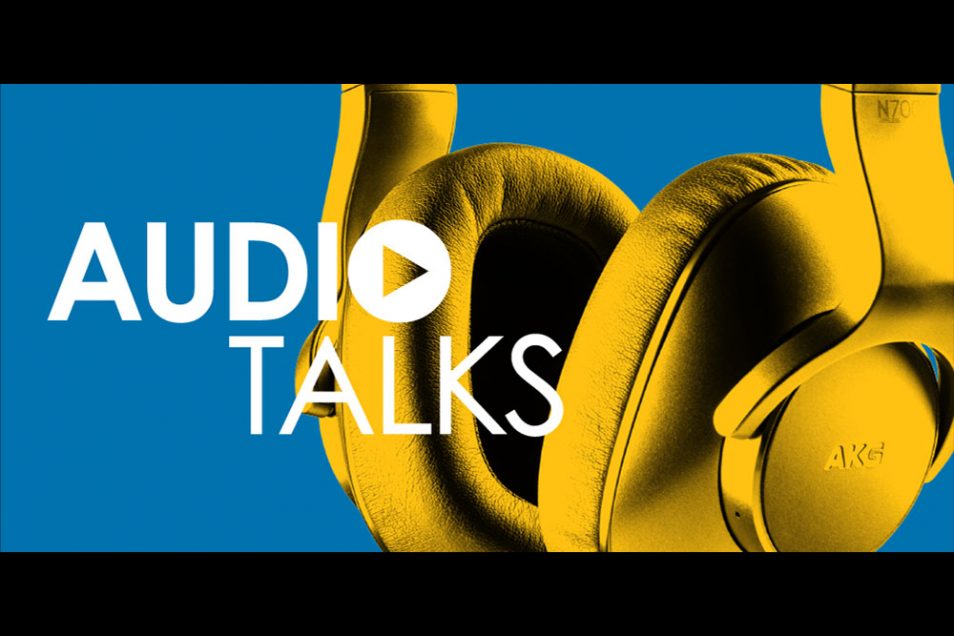Tech Talk
An Introduction to Immersive Audio
By Dr. Rafael Kassier – Senior Principal Engineer, Experiential Research & Development, HARMAN Automotive Division

I recently had the pleasure of sitting down (virtually) with Muki Kulhan (an in-demand immersive audio content creator) and Mirek Styles (Head of Audio Products at Abbey Road Studios and founder of the Abbey Road Spatial Audio Forum). The occasion was the inaugural podcast of the second season of HARMAN-sponsored “Audio Talks” series hosted by Oisin Lunny, with the subject of the show being “Immersive Audio.”
(You can listen here: https://audiotalks.podigee.io/13-immersiveaudio, and be sure to subscribe for more great podcasts about HARMAN products and technologies.)
Some brief background here: HARMAN is the world leader in factory-installed premium automotive sound systems. We work with most of the major car companies, and more than fifty million automobiles on the road today are equipped with HARMAN audio and infotainment systems. There is great synergy within HARMAN in the automotive audio space, with the DNA of many of HARMAN’s Luxury Audio and professional brands making their way into our branded automotive sound systems.

My day job involves the subjective evaluation of the sound quality of these factory-installed sound systems (as well as those of our competitors). Sound quality is something that we take very seriously at HARMAN, but something that is also difficult to reliably measure. I talk briefly about this in the podcast, but will give a quick summary here. Simply put, we utilise a similar procedure to how the food and drink industry evaluates the taste of its products. In the food and drink industry there are trained “taste panels,” whereas we use trained “listening panels” to evaluate the sound quality of the vehicles in a reproducible, controlled manner.

We have multiple evaluation sites across the globe, and one way that we maintain consistency between the locations is the use of a known reference point against which to evaluate the sound in the vehicles. One of the key philosophies behind our premium automotive sound offerings is that by purchasing a premium “hi-fi” branded sound system, you can expect premium “hi-fi” brand performance in the vehicle. To align with this target environment we provide at each site a well-calibrated listening room equipped with the best that the HARMAN Luxury Audio Group has to offer.
These HARMAN “reference rooms” are one link between the in-vehicle sound that we provide our customers, and the original artists’ and producers’ intentions. But I see a continuing dialog between the automotive industry and the music industry (and content creators in general) as being very important. Under the auspices of the Audio Engineering Society (AES) conventions and conferences, I am chairing a series of panel discussions. These aim to act as a bridge between the content creators with their wishes, and the automotive audio industry with the specific challenges that we face. I see the recent podcast as an extension to this, with the audience invited along for the ride!
So what is “Immersive Audio” and why is it so important?
In general the term “Immersive Audio” has come to mean a natural extension to “Surround Sound” when applied to loudspeaker systems. This has taken the form of additional loudspeakers above the listener for an added dimension of sound playback. I allude to this in the podcast, but quite a dramatic benefit of this is that the perceived boundary of where the speakers are disappears. So, for example, sound can seem to originate from further behind the loudspeakers – even into the far distance. You can also imagine a more intense version of “surround sound”, with sources possible from all around and above you, and the possibility of being completely engulfed in ambience and reverberation. In the automotive space, immersive playback of sound (either through the “upmixing” of traditional two-channel stereo content or the playback of sound in an immersive format) is increasingly important, with a number of automotive sound systems on the market coming equipped with speaker channels in the headliner and headrests, as well as the traditional placement in the doors, dashboard and elsewhere in the interior.
On the headphone side of sound playback “Immersive Audio” has come to mainly refer to the use of “binaural” techniques of sound playback. “Binaural” playback refers to the method of supplying each ear with separate signals that are recorded or processed to sound like they could be the real sound waves at the ears within the virtual or recorded environment. The use of head tracking can increase this realism by adjusting the soundfield according to how the head is moved – vital for virtual reality. This is all a far-cry from traditional headphone playback, where most of the sound is perceived to be playing back from inside the listener’s head!

Music and other content produced in immersive formats are also now being adopted by major record labels and artists. Immersive content is available to stream via streaming services, with higher-bandwidth content also being released in immersive formats through the “Pure Audio Blu-ray” format:
pureaudio-bluray.com
In the HARMAN Luxury Audio space, Arcam and JBL Synthesis support playback of immersive content on all of their receivers.
There has never been a better time than now to immerse yourself in sound. But don’t take my word for it – dive right in and hear it for yourself!

